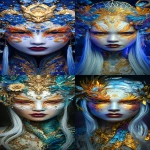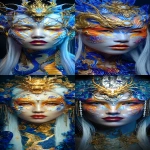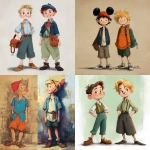Explore the Best AI Image Gallery
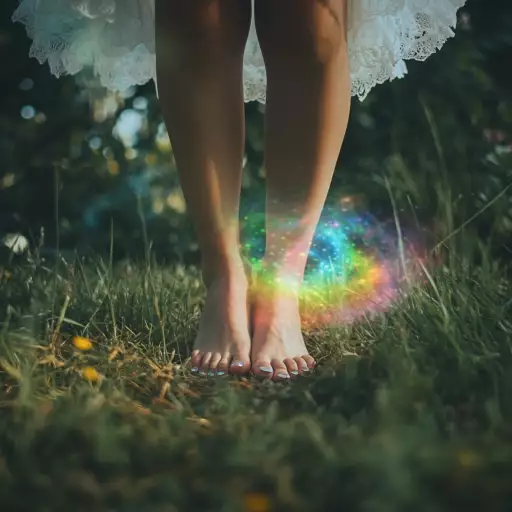
Pixels on Skin: How AI is Reshaping Graphic Design
The graphic design landscape is undergoing a seismic shift, driven by the rapid advancements in artificial intelligence (AI).
Once confined to science fiction novels, AI-powered tools are now becoming commonplace, empowering designers with unprecedented capabilities and blurring the lines between human creativity and machine intelligence.
AI: A Creative Catalyst
AI algorithms are proving to be invaluable assets in various aspects of graphic design:
- Logo Design: AI can generate multiple logo concepts based on specific requirements, offering designers a springboard for inspiration and iteration.
- Branding & Visual Identity: AI can analyze brand guidelines and target audiences to suggest consistent color palettes, typography choices, and visual motifs.
- Image Generation: AI-powered tools like DALL-E 2 and Midjourney can create stunning visuals from textual descriptions, expanding the creative possibilities for designers.
- Layout & Composition: AI algorithms can analyze existing layouts and suggest improvements based on design principles and best practices.
- Social Media Graphics: AI can automate the creation of engaging social media graphics tailored to specific platforms and demographics.
The Human Element Remains Crucial
While AI offers powerful tools, its important to remember that human creativity remains indispensable.
AI should be viewed as a collaborative partner, augmenting the designers skills rather than replacing them entirely.
- Concept Development & Strategy: Human designers bring unique perspectives, empathy, and understanding of user needs to the creative process.
- Refining AI Outputs: AI-generated designs often require human refinement to ensure they meet specific brand guidelines, aesthetic preferences, and storytelling objectives.
- Ethical Considerations & Bias:** Human oversight is essential to address potential biases in AI algorithms and ensure ethical considerations are integrated into the design process.
Navigating Ethical Considerations
The integration of AI into graphic design raises important ethical questions that require careful consideration:
- Copyright & Ownership: Who owns the copyright to designs generated by AI? How do we address intellectual property rights in a world where machines can create art?
- Bias & Discrimination: AI algorithms are trained on vast datasets, which may contain biases that perpetuate societal stereotypes and discrimination. Designers must be aware of these potential biases and actively work to mitigate them.
- Transparency & Accountability:** The decision-making processes of AI algorithms can be complex and opaque. Its important to strive for transparency in AI design tools and establish mechanisms for accountability when AI-generated outputs have unintended consequences.
Future Trends: A Symbiotic Relationship
The future of graphic design lies in a symbiotic relationship between human creativity and AI technology.
We can expect to see:
- More sophisticated AI tools that understand complex design concepts and user preferences.
- **Increased collaboration between designers and AI systems, leading to innovative and personalized design solutions.
- **Emergence of new creative mediums and applications powered by AI, expanding the boundaries of graphic design.
Conclusion
AI is poised to revolutionize the graphic design industry, offering exciting opportunities for innovation and creative exploration.
By embracing AI as a powerful tool while retaining the essential human element, designers can shape a future where technology and creativity converge to create truly exceptional visual experiences.
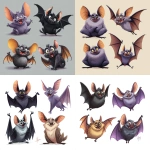

](https://images.ai-img.art/thumbnails/150/485c8b1c747827bdc9a962f8a1919b3c259b18dd263b260208a1eae19fb85e07.webp)


](https://images.ai-img.art/thumbnails/150/3020b8c2b6d9be07e042357107af1de10deb274a41d2b0f332684ad4b532a702.webp)





](https://images.ai-img.art/thumbnails/150/5197af8969d850e2a43e141d41e482ccbceedebceb2a4caf9f098f943f9d1b0f.webp)

](https://images.ai-img.art/thumbnails/150/8d1fe5a7a49cfc96747182431a853357913286d89258383caab2d3b4681afcb5.webp)

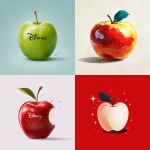









](https://images.ai-img.art/thumbnails/150/2fbd98ecfc425cfc1597779121e1c0305437067779e9c471eb64ff9615d5be98.webp)


](https://images.ai-img.art/thumbnails/150/269414b0e541026702e9e67c67602c96162f37ff460a388b3b36314c8fc936dd.webp)


